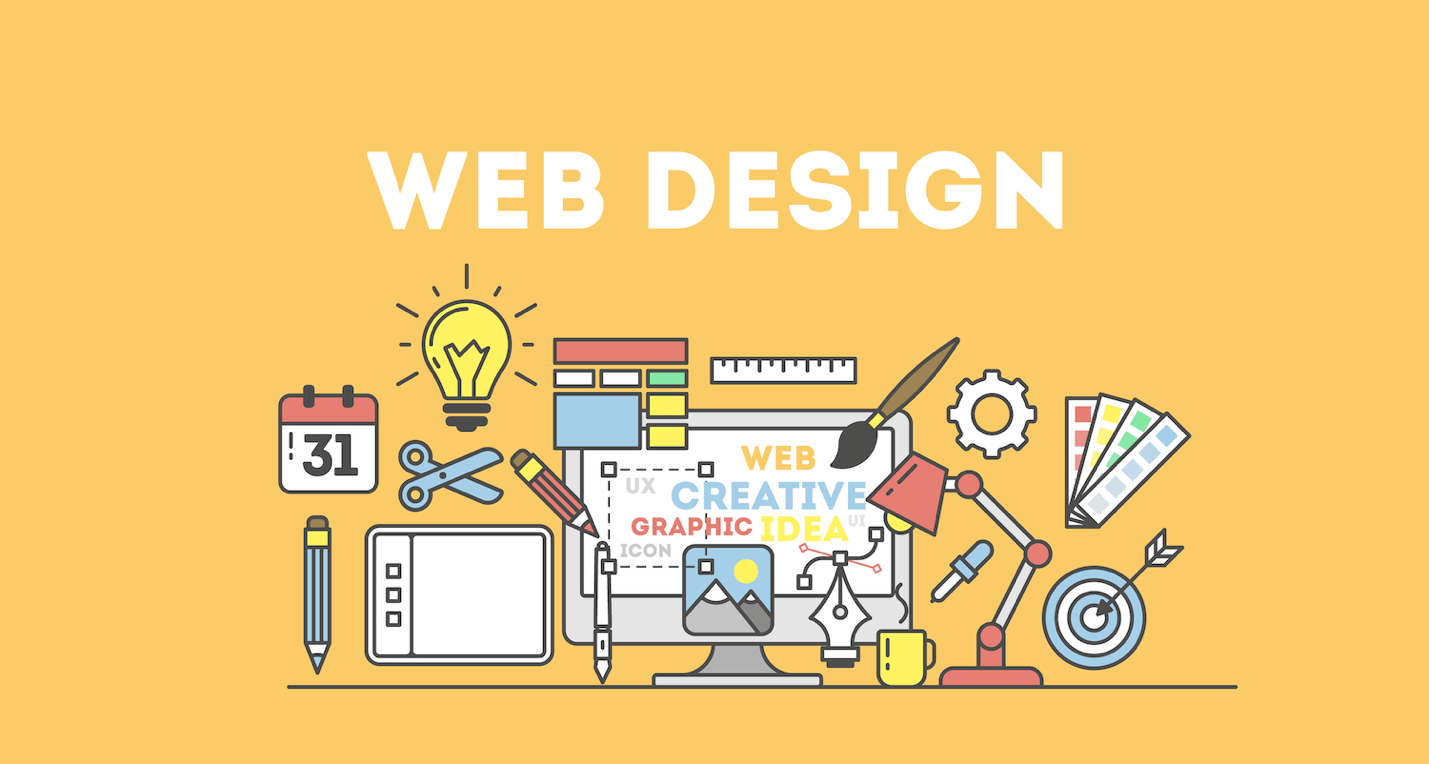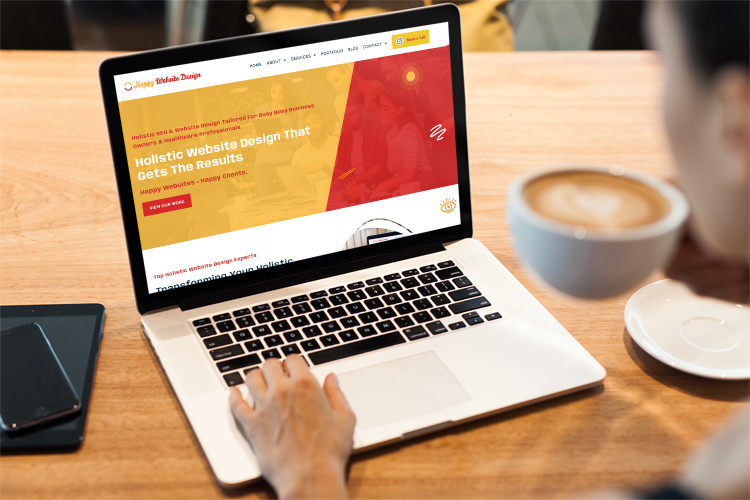Why Holistic Website Design Is the Trick to a Seamless Customer Experience
In today's electronic landscape, the value of holistic web design can not be overemphasized, as it elaborately weaves with each other aesthetics, usability, and performance to produce a smooth user experience. By embracing a thorough method that focuses on customer requirements and leverages feedback, developers can improve the total communication with their systems.
Recognizing All Natural Website Design

Including customer comments and behavior information is necessary in alternative internet style. This iterative process aids developers to identify pain points and locations for improvement, guaranteeing that the final product resonates with users. All natural design stresses the relevance of ease of access, ensuring that all customers, no matter of their capacities, can navigate and engage with the website successfully.
In addition, the integration of responsive layout concepts is important in suiting various gadgets and display sizes, further improving the user experience. By comprehending the interconnectedness of these components, designers can create internet sites that not only bring in yet also retain customers, eventually driving involvement and conversions. Holistic web style is, consequently, a tactical strategy that promotes a purposeful connection in between users and electronic spaces, paving the way for lasting online success.
Trick Elements of Holistic Style

One more vital element is uniformity in aesthetic and practical aspects throughout the internet site. This involves keeping a cohesive shade scheme, typography, and layout, which helps users navigate the site intuitively - happy web design. In addition, receptive design is essential, making sure that the web site executes ideally throughout various devices and screen sizes
Ease of access is likewise a vital part of all natural style. By adhering to availability requirements, designers can create comprehensive experiences that deal with diverse user teams, consisting of those with disabilities. The integration of material technique ensures that valuable details is provided clearly and succinctly, boosting understanding and involvement.
Last but not least, efficient partnership among style, growth, and marketing groups fosters a unified vision that lines up with organization objectives. By concentrating on these crucial elements, alternative website design can provide an improving individual experience that is both interesting and functional.
Advantages of a Smooth Experience
Creating a smooth individual experience supplies numerous benefits that substantially boost total complete satisfaction and engagement. At its core, a seamless experience fosters a sense of simplicity and intuition, permitting customers to navigate a website or application effortlessly. This decrease in rubbing not only increases the possibility of individuals returning however additionally enhances their willingness to recommend the platform to others.
Furthermore, a seamless experience results in boosted conversion prices. When users locate what they need with minimal effort, they are a lot more inclined to complete preferred actions, such as purchasing or signing up for a newsletter. This efficiency translates into higher consumer retention, as pleased users are more probable to become dedicated advocates for the brand.
Additionally, a natural and smooth user interface lessens cognitive tons, enabling individuals to concentrate on content rather than battling with navigation or style inconsistencies. This quality not only enhances user satisfaction but also reinforces brand name credibility. Eventually, prioritizing a smooth individual experience causes an affordable benefit, as companies that spend in this element are better positioned to satisfy the advancing assumptions of their target market and drive long-lasting success.
Executing Alternative Methods
To attain a genuinely seamless customer experience, organizations must adopt all natural methods that consider every facet of style and functionality. This strategy begins with a combined vision that straightens group members throughout various self-controls, consisting of UX/UI layout, web content growth, and technical execution. Effective cooperation cultivates a shared understanding of customer requirements and objectives, enabling for even more meaningful layout choices.
Following, it is essential to create customer personas and journey maps that mirror the diverse demographics and behaviors of the target market. By feeling sorry for individuals' viewpoints, organizations can expect obstacles and improve communications throughout the digital experience.

Additionally, constant branding and messaging need to permeate every touchpoint, making certain a recognizable and reliable presence that boosts user engagement. Integrating receptive layout concepts is likewise important, as users currently communicate with material throughout multiple tools.
Additionally, companies must focus on access, ensuring that all users, no matter capacity, can navigate and take advantage of their digital offerings. By embedding these holistic techniques right into the design process, organizations can create a cohesive and pleasurable individual experience that promotes complete satisfaction and loyalty.
Determining Individual Experience Success
While accomplishing an alternative technique to internet style website development consulting is necessary, determining customer experience success is just as important to guarantee that design methods properly meet individual demands. This requires a combination of qualitative and quantitative metrics to acquire a thorough understanding of customer communications and contentment levels.
Key performance indicators (KPIs) such as customer involvement, conversion prices, and bounce rates provide valuable measurable understandings. For example, a high conversion rate might show that individuals find the design instinctive and compelling. Alternatively, raised bounce rates can signify that individuals are disappointed or confused, demanding a reevaluation of the style elements.
Qualitative actions, including user responses, surveys, and use screening, are essential for obtaining much deeper insights right into the user experience. Assessing individual remarks can expose pain factors and areas for renovation, while usability examinations enable developers to observe real-time interactions and recognize challenges customers deal with.
Inevitably, the combination of these dimension techniques allows for continual improvement of website design, guaranteeing it stays user-centered and reliable in delivering a smooth experience (happy web design). Routinely taking another look at these metrics will allow developers to adapt to evolving individual demands and preferences, solidifying the total success of an alternative web style approach
Conclusion
In final thought, holistic internet layout arises as a basic approach to achieving a seamless user experience. By integrating aesthetic appeals, performance, and functionality, this style approach addresses varied individual requirements and preferences.